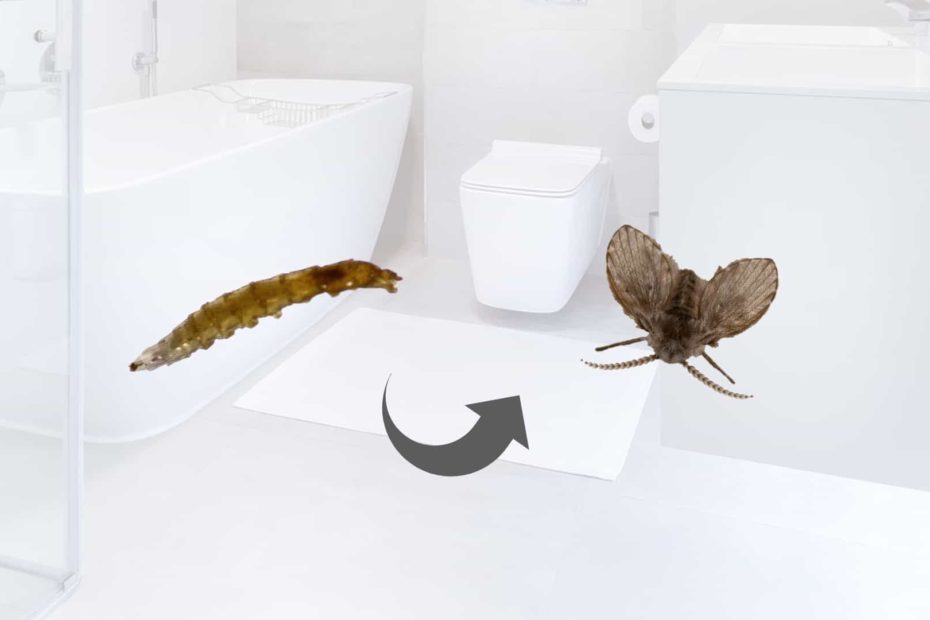Here’s How You Can Get Rid of Drain Fly Larvae
Drain flies and their larvae are commonly found in homes and can be a common and resistant pest. The drain fly larvae prefer aquatic and semi-aquatic habitats such as those found in sinks and drains. Since they feed on bacteria, they are attracted to these environments. While they are unappealing to have in the home, they can also carry certain types of bacteria.
When finding these pests in your home, it’s important to take the appropriate steps to remove them. However, this is often easier said than done.
What Does a Drain Fly Larvae Look Like?
During their earlier life cycle, the drain fly larvae is usually a lighter brown in color, and it slowly progresses into a dark color that is almost black. They have long and slim bodies that can grow between 1 to 2 centimetres long or 0.4 to 0.8 inches. They can move, crawl and wiggle their way around, especially when they are physically disturbed.
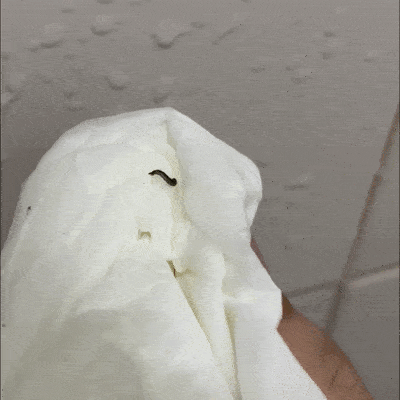
Where Can They Be Found?
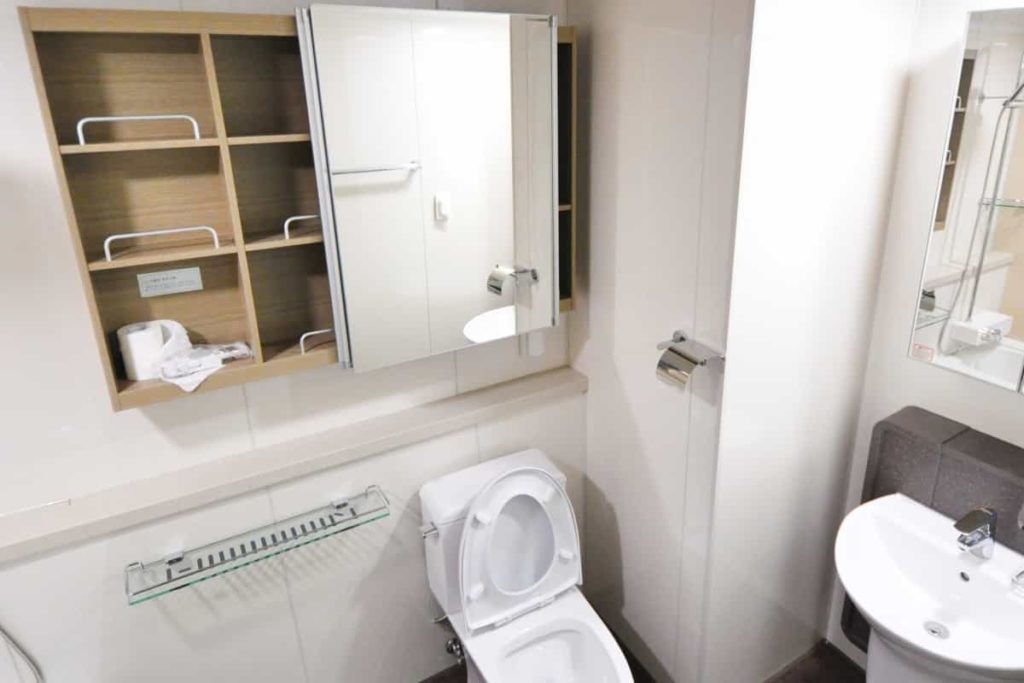
1) Check Your Toilets
For anyone who wants to assess whether they have larvae present in their home, there are a few key places to look. As mentioned, drain fly larvae are dependent on moisture. While they can live in a variety of spaces that frequently contain water, they are usually found indoors. The common spots to locate larvae include sink or floor drains, drain pans under fridges, and even in the slime layer that will develop in toilets and sinks that are used infrequently.
2) Check Your Drains
It may be challenging to find if larvae are present since they are small and easily overlooked. However, there is a simple way to determine their presence that can be done at home. Take a clear plastic cup and coat the inside with a light layer of petroleum jelly or vegetable oil. Place the cup over the drain and let it stay in place for a few days. If the larvae are present, they will emerge as flies and be trapped in the cups.
3) Check Outdoor Areas
Flies and larvae can also be found in nature. During the summer months, they often will breed outdoors and then enter a house through an open window or door. They’re often found in wet low areas in or around the home such as gutters or air conditioning window units.
What is the Life Cycle of a Drain Fly?
The life of a drain fly is only about 10-15 days. The flies will lay groups of eggs preferably on organic matter films. The eggs will hatch into larvae which can live in water or on surface films as well. The actual time to develop into the fly will be about 10-15 days. In warmer temperatures, flies will develop faster. During colder weather, this process will be decreased.
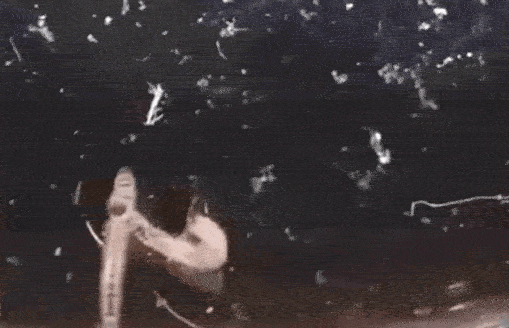
Getting Rid of Drain fly Larvae
Although it is possible to get rid of the larvae, most people find that it’s much more challenging to get rid of the larvae than the actual drain flies. However, if you want to control the flies, you’ll have to get rid of their breeding sites as well. Drain fly larvae are difficult to remove because they naturally thrive in the drain environment. They are dependent on water to breath but they can actually trap air bubbles and remain submerged for more than a day as needed.
Larve are Resistant
The larvae are more difficult to remove because they are more resistant to common pesticides. For those that are trying to drown the larvae in the drain, hot water will provide a short-term solution but they frequently come back. It’s also not recommended to pour standard insecticides down a drain in order to kill flies.
A Natural Way to Get Rid of Larvae
Another option that can be effective is pouring hot water down a drain and then pouring in at least a cup of white vinegar. This should kill most of the larvae and the vinegar will work to remove the larvae from the inside of the pipe. There are also some specialized products which are specifically designed to remove drain larvae. You can find these at a variety of home improvement or pest removal stores. A great product that I recommend is the Fruit Fly Goodbye Gel Drain Treatment by Green Gobbler. Always make sure to read the ingredients and usage instructions for the best results.
Why Doesn’t Bleach Work for Drain Fly Larvae Removal?
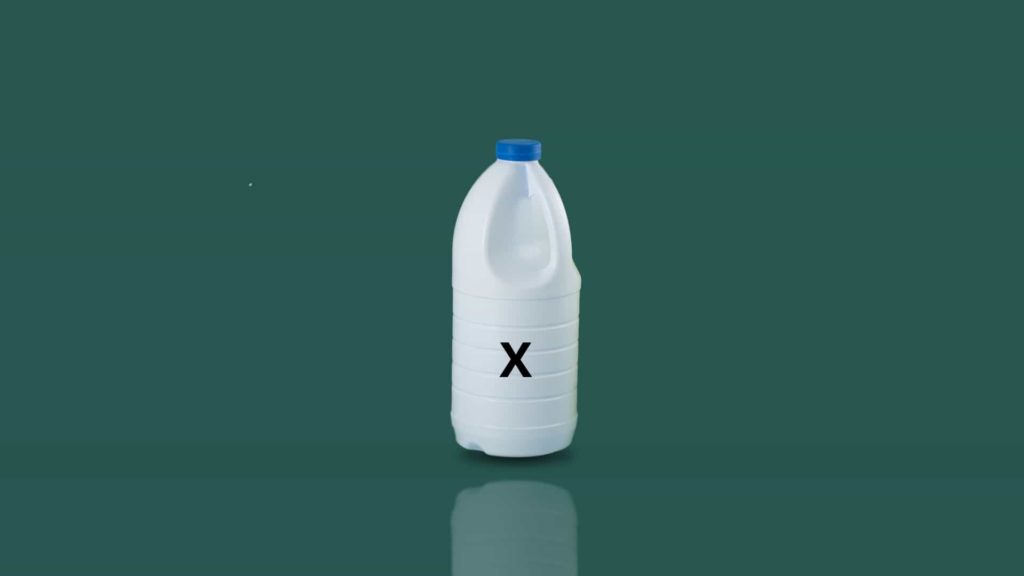
Unfortunately, many people use bleach to get rid of larvae infestations, and barely see any noticeable improvements. While bleach may provide some pest-killing action, it won’t actually get rid of them completely. Drain fly larvae are particularly resistant to bleach. Furthermore, the action of pouring bleach down the drain is ineffective as the larvae only comes into contact with he bleach briefly. Depending on the material, bleach may also harm your drain and pipes.
